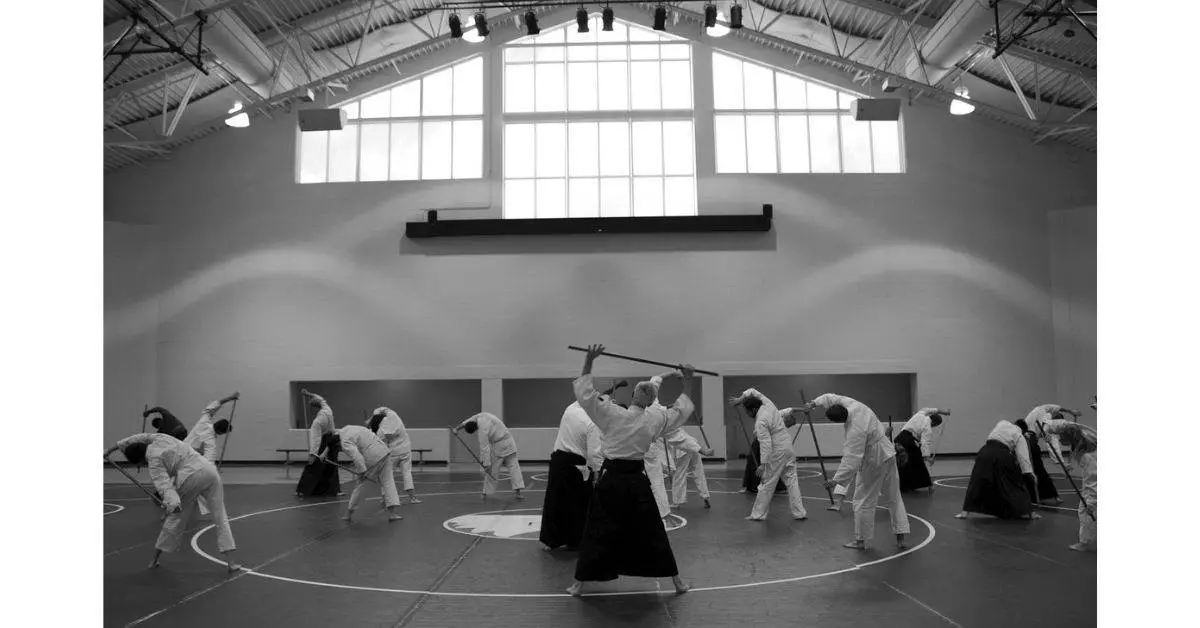Millions of people worldwide practice Aikido and Brazilian jiu-jitsu. Both disciplines can provide an excellent training experience, whether the goal is to increase body muscle coordination, self-defense skills, or something else. However, they are separate combat styles with various benefits and difficulties; you might want to know which martial art is better.
BJJ is a far more effective martial art technique than Aikido because BJJ provides far more practical and easy-to-learn techniques, especially when faced with a larger or stronger opponent. Both are outstanding martial arts to learn. While they both emphasize grappling, the BJJ trainee is likely to win.
Jiu-Jitsu is centuries older than Aikido. Aikido emphasizes pushing or extending actions, whereas Jiu-Jitsu emphasizes pulling and constricting movements. Both do not prioritize strength training.
Which is superior? It depends on what you desire. Assume you prefer something spiritual, nuanced, and centered on peace and harmony. If you’re uncomfortable with hurting another person, I recommend Aikido.
BJJ is better if you want something more “hard-core.” Aikido practitioners make every effort to avoid causing damage. It is primarily a defensive art.
What is BJJ
Brazilian Jiu-Jitsu (BJJ) is a grappling-based martial art. BJJ’s fundamental premise of dominating a struggling opponent in such a way that he submits because control is often easier on the ground than in a standing posture.
Much of the Brazilian Jiu-Jitsu (BJJ) technique revolves around taking an opponent down to the floor and wrestling for dominant control positions from which the opponent can be rendered ineffective.
The sport’s central theme is to control and conquer more size, strength, and hostility with less size and strength.
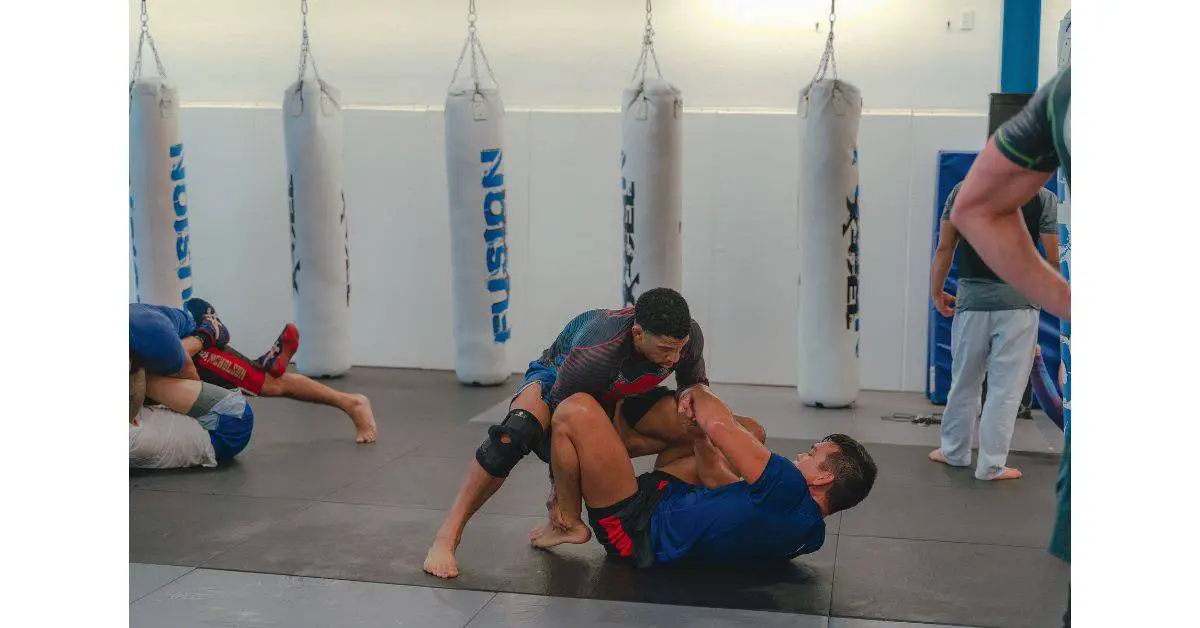
You accomplish this by applying better leverage, grip, and posture to your opponent. Students of the sport obtain a thorough awareness of the human body’s workings and limitations.
BJJ students can use this information to subjugate and control an opponent with varying degrees of severity.
The journey to this wisdom is both physically and intellectually taxing. Students benefit from considerably increased physical fitness, problem-solving skills, self-awareness of their body and mind, and the numerous social benefits of learning and having fun with a big group of like-minded other students.
If you desire to train in Brazilian Jiu-Jitsu, here are the 5 most common injuries in BJJ training. Knowing these will help you avoid them as much as possible. So, ensure you read it thoroughly!
What is Aikido
Aikido is a Japanese martial technique that uses energy from an assault to redirect it rather than fighting it. It is a fluid and dynamic type of nonviolent self-defense.
Aikido’s principles, methods, and motions entail maintaining relaxed, focused, and centered while harmonizing with the energy of an assault and directing it to a peaceful resolution. Aikido becomes a moving meditation by being concentrated and in the present moment.
There are two essential threads at the heart of Aikido training: a commitment to nonviolent conflict resolution whenever possible and a commitment to self-improvement through Aikido training.
There are no tournaments or competitions in Aikido. All its techniques are instead learned collaboratively to the level of each student’s aptitude.
Aikido is less about defeating an opponent and more about conquering our limitations, anxieties, and inadequacies. According to the founder, its purpose is not to defeat others, but to defeat the harmful tendencies that inhabit our minds and prevent them from operating correctly.
The concepts of Aikido can be applied effectively as a martial art and in our daily lives.
Follow the link to read more about why Aikido isn’t as useless as people say it is.
The differences between Aikido and BJJ
All martial art differ significantly. Aikido and BJJ do too!
BJJ concentrates more on takedown strategies that a smaller or weaker person can apply to any opponent; for further differences, here are some fundamental differences between Aikido and BJJ:
#1 – Origin
You might wonder how the origin of a sport helps with studying or learning it. It helps to know what values were in place when the founders formed a martial art. Although both martial art hail from Japan, their fundamentals vary.
Morihei Ueshiba created Aikido in the late 1920s and early 1930s, studying various Martial Arts, which aided in forming Aikido.
He expressed the Japanese martial artist’s philosophy of universal peace and reconciliation through his art.
Aikido’s fundamental martial arts are Daito-Ryu and Aiki-jujutsu, which Ueshiba directly studied under Takeda Sokaku. Ueshiba learned Gotoha Yagyu Shingan-Ryu under Nakai Masakatsu in Sakai between 1903 and 1908. Tenjin Shinyo-Ryu with Tozawa Tokusaburo in Tokyo, Japan, in 1901. In 1911, he took Judo lessons from Kiyoichi Takagi in Tanabe, Japan.
Brazilian Jiu-Jitsu dates back to the early twentieth century, when Mitsuyo Maeda introduced Brazil to his brand of Judo and Jujitsu. Mitsuyo’s objective was to aid the Japanese colonists in Brazil in resolving several issues and advance Jigoro Kano’s power.
Later, Carlos Gracie mastered BJJ from Mitsuyo through his father’s influence. Brazilian Jiu-Jitsu master Carlos Gracie passed on his knowledge of martial art to his younger brother Helio.
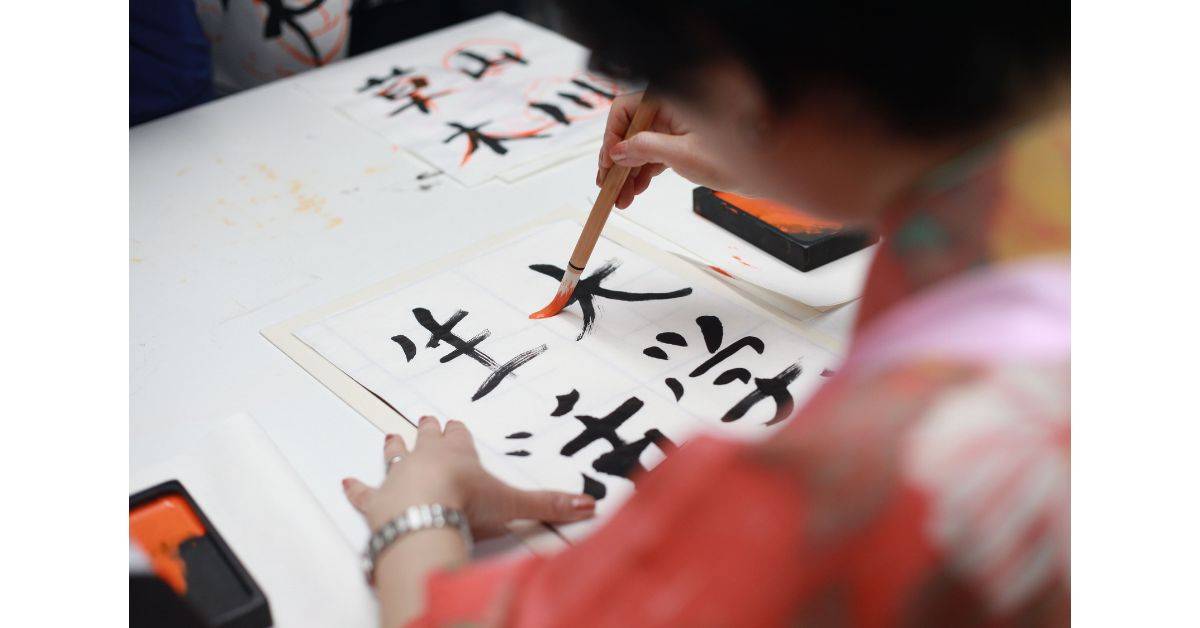
Helio found it extremely challenging to master Judo throwing skills as a more petite man. Helio developed his fighting style, including many of the ideas he had picked up from his brother Carlos.
Leverage-based maneuvers created to function against bigger, more vigorous opponents made up Helio’s system. Gracie Jiu-Jitsu, which Helio developed, has completely changed how many modern martial artists compete.
#2 – The Philosophy
Aikido practitioners can use this martial art to protect their attackers from harm while also using it to defend themselves. Aikido’s concept emphasizes self-mastery rather than aggression or aggressive behavior as the main objectives for pupils.
The first of Aikido’s four guiding principles is entering or irimi. The second is learning the breathing control exercise Atemi Kokyu ho. Sankaku Ho, which refers to triangle movements, and tenkan, which means turning an opponent, make up the third and fourth principles. An Aikido practitioner mimics their opponent’s attack patterns before deflecting the strike.
Aikido focuses more on mimicking the attacker’s movements and deflecting the strike than perfecting the technique. Think of Aikido as combining physical strength with mental vigor. Aikido translates as “the way of harmony of the spirit” in English.
The core principle of BJJ is to combat large assailants effectively. The main objective of BJJ is to force your opponent to submit. While BJJ places a greater emphasis on mental toughness than Aikido does, it does so in a different way. BJJ is a martial art that requires a significant deal of focus, intelligence, quickness, and strength because it places a high value on remaining calm but lethal.
#3 – Aikido doesn’t practice sparring, whereas BJJ does
The most significant and most obvious distinction between Aikido and BJJ is that whereas practitioners of Aikido fight on their feet using wrist holds and throws, BJJ focuses mainly on grappling and sparring techniques.
Aikido doesn’t use sparring in its gym, demonstrating its lack of a realistic approach to fighting. BJJ, like most real martial arts, includes a lot of sparring. Sparring is a test of your ability. When sparring, your belt is irrelevant, and the mats are not lying. Aikido appears to be able to hide behind its lack of sparring.
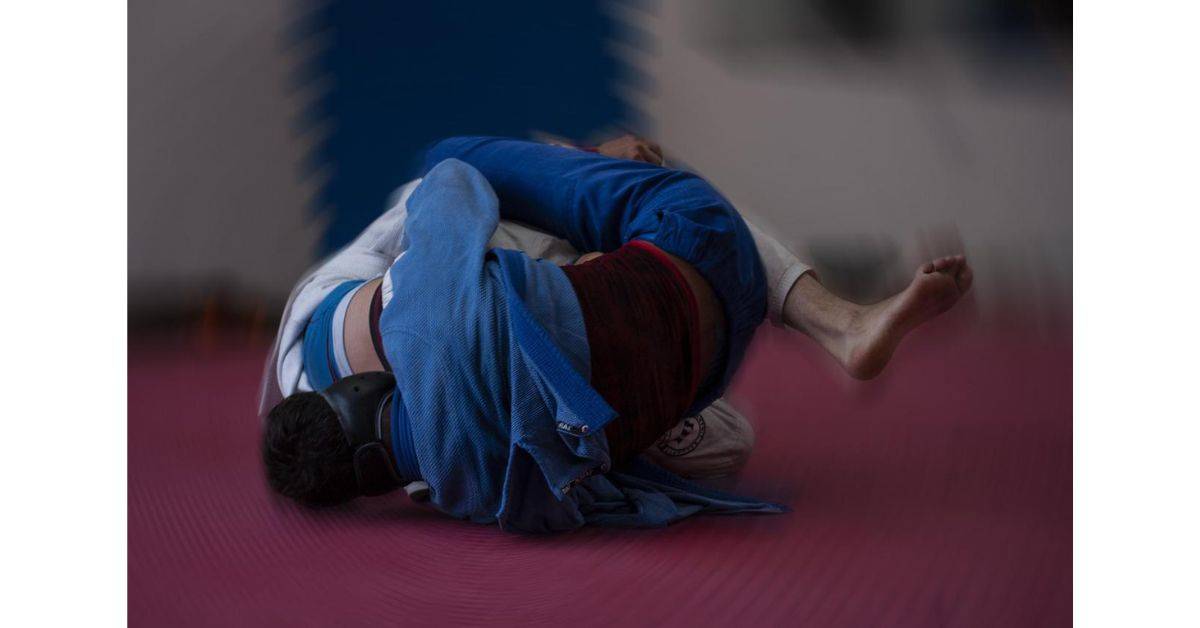
The similarities between BJJ and Aikido
Aikido and Brazilian Jiujitsu emphasize grappling with Japanese roots and highlight joint locks as one of the main strategies for self-defense. Aikido and BJJ appear to be highly different at first appearance; they have more in common than you may expect. Both are Japanese martial styles from the early twentieth century. They are both relatively new sports.
Some may find it unexpected; however, commonalities are in the procedures and philosophy of each of these disciplines.
#1 – Both are suitable for self-defense.
Aikido and BJJ are grappling for self-defense against an aggressor. They both fundamentally utilize the opponent’s force against them while exerting little to no strength while performing the techniques.
Aikido offers defensive techniques like joint-locks, throws, and blows, although ineffective in a street battle for self-defense.
In Aikido, the objective is to protect yourself without inflicting harm on the assailant. Since a street assailant will undoubtedly want to damage you, that mentality might be expensive.
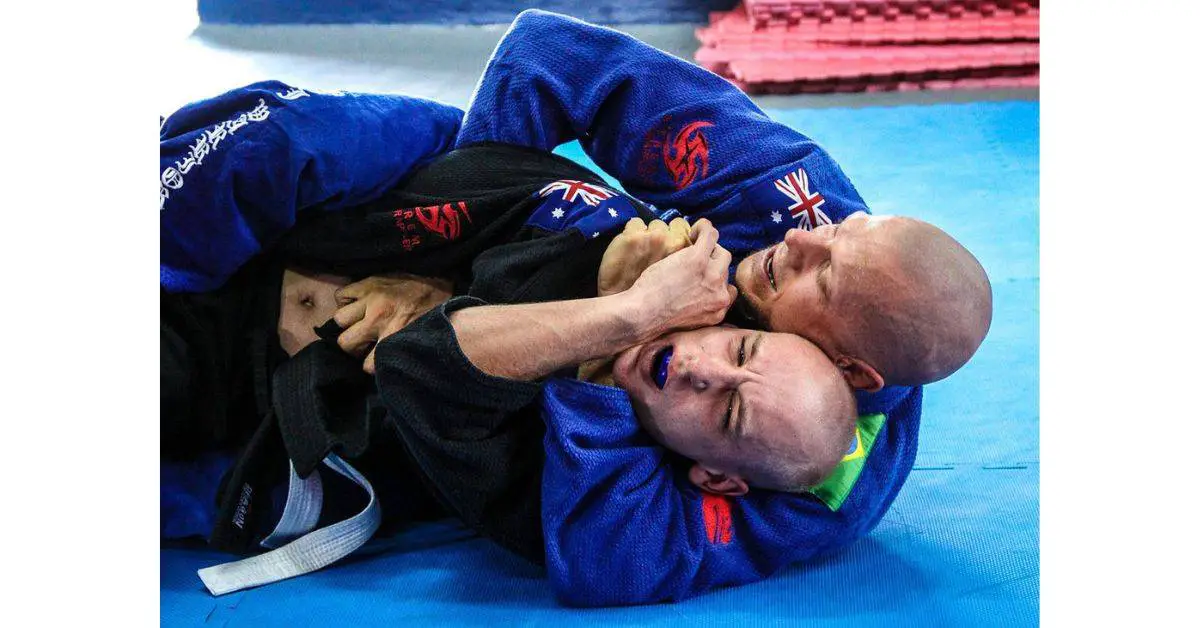
Your ego will be less of a factor in your life after learning aikido. It will also help you counter an attacker’s momentum. All of these can come in handy in a street brawl. The technique alone cannot keep you safe or provide you with a powerful defense.
Aikido and Brazilian Jiu-Jitsu encourage a peaceful life, showing respect for others, and treating everyone equally. Jiu-Jitsu is known as a gentle art for this reason.
Learn more about whether Brazilian Jiu-Jitsu is suitable for self-defense by following the link.
#2 – Both use grappling
The submission game in BJJ is more complex than just a collection of joint locks; it features a very sophisticated set of submissions containing numerous variations of each submission.
Aikido has a philosophy of keeping opponents safe with defensive moves and a more straightforward submission procedure.
Aikido martial art employs various striking and grappling techniques. An Aikido practitioner can toss an opponent to the ground using the sankaku ho, and the turning movement is known as tenkan. Brazilian Jiu Jitsu methods involve a sequence of control positions that lead to various submissions.
If you want to learn Brazilian Jiu-Jitsu, it’ll be best if you know what physical benefits BJJ grants its trainees; follow the link to find out!
Who will win in a fight, a BJJ trainee or an Aikido trainee?
Given that both of these fighting styles have connections to Judo and Japanese Jujitsu, the contest between them is comparable to that between Brazilian jiu-jitsu and sambo.
The BJJ trainee would typically win a battle or a grappling contest. The explanation is that despite years of training, Aikido simply doesn’t hold up in reality. As a result, practicing an excellent martial art for a short time is far more beneficial than practicing an ineffective one for a more extended period.
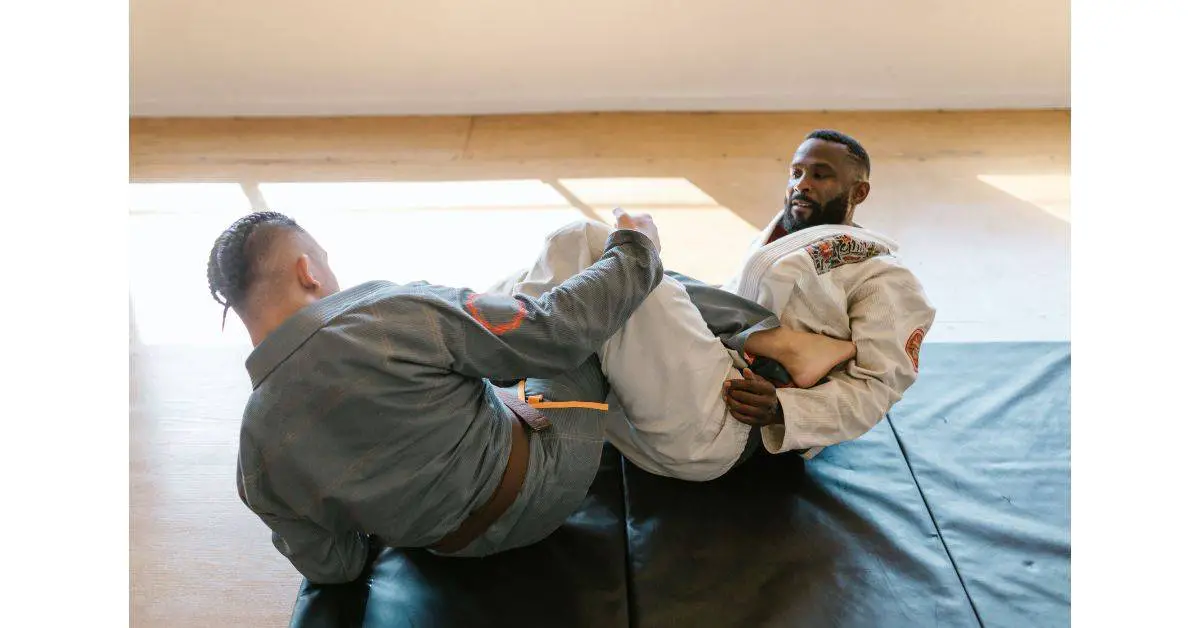
The fight might likely progress like this; an Aikido trainee may possess a calm demeanor, a deadly blow, and a disposition toward peace with their adversaries. Anyone who has studied BJJ will attest to how destructive the art can be, although an Aikido fighter employs a patient philosophy that involves turning their assailants’ momentum against them.
A BJJ competitor will be unrelenting in its pursuit of success. When transitioning from one dominant control position to another in a BJJ fighting method, a submit victory is the goal.
The likelihood of a Brazilian Jiu-Jitsu trainee winning this fight is very high, but like most combat arts, Aikido will always have a chance because it depends on the fighter’s skill level.
Should I do BJJ or Aikido?
Aikido and Brazilian jiu-jitsu are two of the top martial arts for self-defense. Figuring out which one is best for you to do or use effectively in street combat could be challenging. However, it depends on you; what do you hope to achieve? Martial arts like Aikido or Brazilian jiu-jitsu will help you learn many combat techniques for self-defense.
BJJ is more successful than Aikido for self-defense since it provides a much greater variety of realistic and straightforward techniques to defeat an opponent, even a difficult and more powerful one. From a strictly “martial” perspective, Aikido is not a very effective fighting art. Most of the time, it calls for a submissive or uninformed partner.
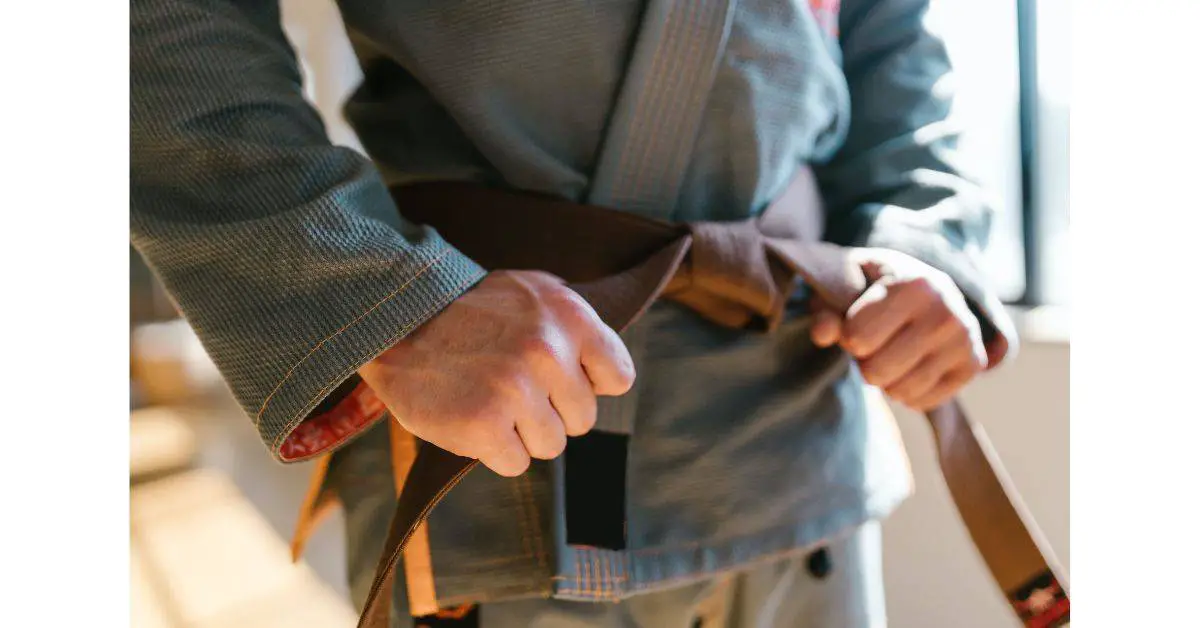
On the other hand, Jiu-Jitsu is effective against uncooperative, skilled, malicious assailants. It functions as a defensive art, defends against actual aggressors, and becomes better daily as people develop new techniques.
Which is harder to learn, BJJ or Aikido?
Aikido is a fluid, defensive martial art that is excellent for learning how to move with and around others. The locks and manipulations work well. Strike defenses, on the other hand, are not. There is no accurate testing of the art because everyone collaborates. It’s more of a martial dance or martial movement than a fighting art.
The traditional Jiu-Jitsu (and, therefore, Brazilian Jiu-Jitsu) is the forerunner of Judo. Anyone familiar with Judo will recognize the throws, locks, and take-downs. The practice and techniques of a school, like most “traditional” martial arts, vary greatly depending on how “pure” the art is and which strain it claims to be.
Brazilian Jiu-Jitsu is the most challenging martial art to learn between BJJ and Aikido. Even for physically fit kids, learning this discipline won’t be simple. But many people are drawn to Jiu-Jitsu because it is challenging to learn. Still, learning any martial art is hard and complex.
If you want to know whether BJJ is difficult to learn, follow the link to an article of mine on the topic.
Although according to some studies and some martial art trainees’ testimonies, Aikido has a reputation for being more challenging to learn than other martial arts and for taking more practice to become proficient.
It is mainly because processing the system, and its conceptual underpinnings demands a particular temperament and philosophical mindset.
Relearning what you thought you knew is a big part of learning Aikido. Also, letting go and trusting that an opponent wouldn’t hurt you while you try not to hurt them is essential in Aikido.
Aikido doesn’t feel like fighting at first. Students say it feels more like a dance.
Despite this, know that every martial art has its difficulties, but how you deal with them depends more on whether that fighting style is a good fit for your personality, goals, and attitude than it does on the technique itself.
Final words
You might want to give Brazilian jiu-jitsu and Aikido, two excellent martial arts styles, a try. They are ideal because they impart unique techniques for self-defense and other benefits.
Since they differ and have commonalities, I believe learning both martial arts would be beneficial, especially for self-defense.
If you’re unsure about which discipline to train in and are looking for advice, try both. There can only be one winner if you tackle both with an open mind and are truthful about the reasons behind your training.
If you enjoyed reading this article, and you want to know how long it’ll take to learn BJJ, follow the link to an article of mine on the matter.

